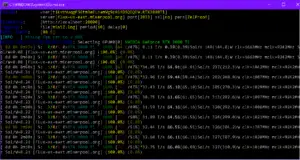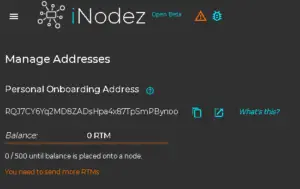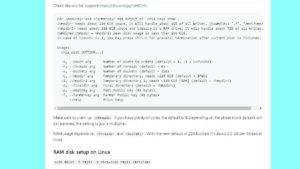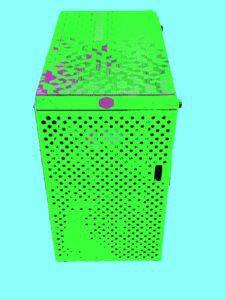What is Chia?
If you’re reading this article, it’s likely you’ve already read about Chia elsewhere and are simply looking to learn how to mine Chia. If so, feel free to skip to the next section. If not, we’ve got you covered with a brief overview of the new cryptocurrency:
Chia is one of the newest cryptocurrencies; it debuted in March of this year. It was founded by Bram Cohen, who also invented BitTorrent, and was designed to be a more energy-efficient crypto. It leverages the power of storage drives to farm crypto, rather than traditional GPU mining used by more mainstream cryptocurrencies like Bitcoin and Ethereum.
See Also: How to Mine Cryptocurrency: The Essential Guide
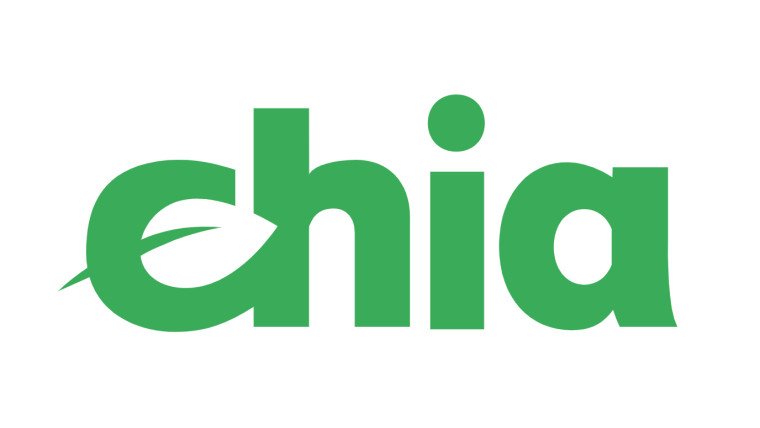
Over the past few weeks, Chia’s popularity has grown at a rapid rate, leading to hard drive and SSD shortages in China which may soon be mirrored in America and around the world.
With cryptocurrencies such as Dogecoin seeing massive hype-fueled price surges despite lacking fundamental value (Dogecoin has no coin cap and can inflate infinitely), it seems likely that Chia’s price will surge as its popularity continues to grow. It has a cap of 21 million total coins, the same amount as Bitcoin.
Chia utilizes a new algorithm called “Proof of Space and Time”, or PoST, which essentially proves that you have unallocated space on your hard drive/SSD which can be used for farming. It’s a big improvement, efficiency-wise, over Bitcoin’s Proof of Work algorithm.
Can I buy or sell Chia?
Chia transactions are not yet enabled, so farming is currently the only way to acquire the currency. According to Chia’s official website, we should see this functionality arrive on May 3rd around 10AM Pacific Time (1PM Eastern Daylight Time).
What do I need to mine Chia?
You will, of course, need at least some free storage space to mine Chia; the more, the better. In addition to this, you’ll need to meet Chia Blockchain’s minimum system requirements:
- Quad-core 1.5GHz CPU
- 2 GB of RAM
- Python 3.7 or above (You can find the latest Python downloads here)
These requirements should be easily met by any modern computer, so storage space will most likely be the only limiting factor in play for you.
Which is more important, storage space or drive speed?
Both read/write speed and total storage capacity are essential if you’re trying to maximize your effectiveness farming Chia. Ideally, you’ll have at least one fast drive (preferably high capacity as well) to serve as your temporary storage drive, and one higher-capacity hard drive to store your completed plots.
For more information, you can read more about optimal mining practices and storage allocation in this article.
How can I join a Chia mining pool?
As of right now, pooling functionality is not enabled in Chia. Pooling is the practice of combining hashing power (or in this instance hard drive space) with other miners in order to maximize your chances of winning a cryptocurrency.
If your mining pool makes up 50% of the total farming capacity on the network, you’ll win approximately 50% of the Chia, which is then divided amongst pool members based on how much they contributed. In essence, pooling takes the randomness out of farming.
With that being said, this is not currently enabled with Chia. Unless you have a very large storage farm, it will be largely up to chance as to whether or not you earn any Chia. The reward won’t be split though, meaning the upside is greater.
Pooling is, however, going to be added (as per Chia’s blog), and we will update this when this functionality is available.
How to mine Chia: Step-by-step guide
Now that we’ve covered the basics of Chia, let’s get to the fun part: farming. Setting up a computer for Chia farming is extremely straightforward.
Install Chia Blockchain:
You can find the download page for Chia Blockchain, Chia’s proprietary farming client, here. Select the appropriate choice according to your operating system and the download will begin. Once downloaded, run the ChiaSetup-X.X.X.exe file and you’ll be taken to this page:
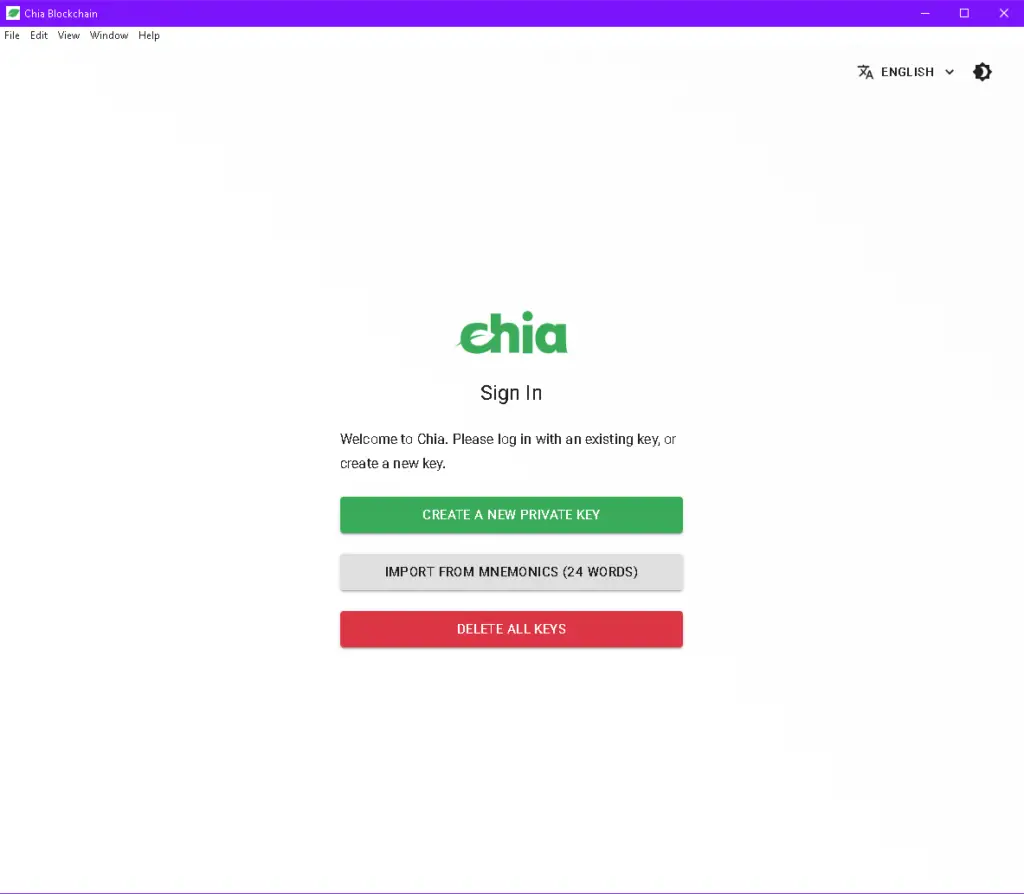
Create your wallet:
It’s now time to create your wallet, which will hold any Chia you farm in the future. Select Create A New Private Key and you’ll be shown a screen with 24 words on it. Be sure to write these down (in order) or take a picture and store it somewhere secure, as these words are used to access your wallet. And, of course, don’t share your word list with anybody.

When you click next, you may be prompted by Windows Firewall, or your respective OS’s security program, to allow Chia access to certain permissions. Click “Allow.”
Create a plot
Now that you’re into you’ve downloaded Chia Blockchain and have a wallet, you’re ready to begin farming. To do this, select the “Plots” tab on the side of the screen and you’ll be taken to a screen like this:
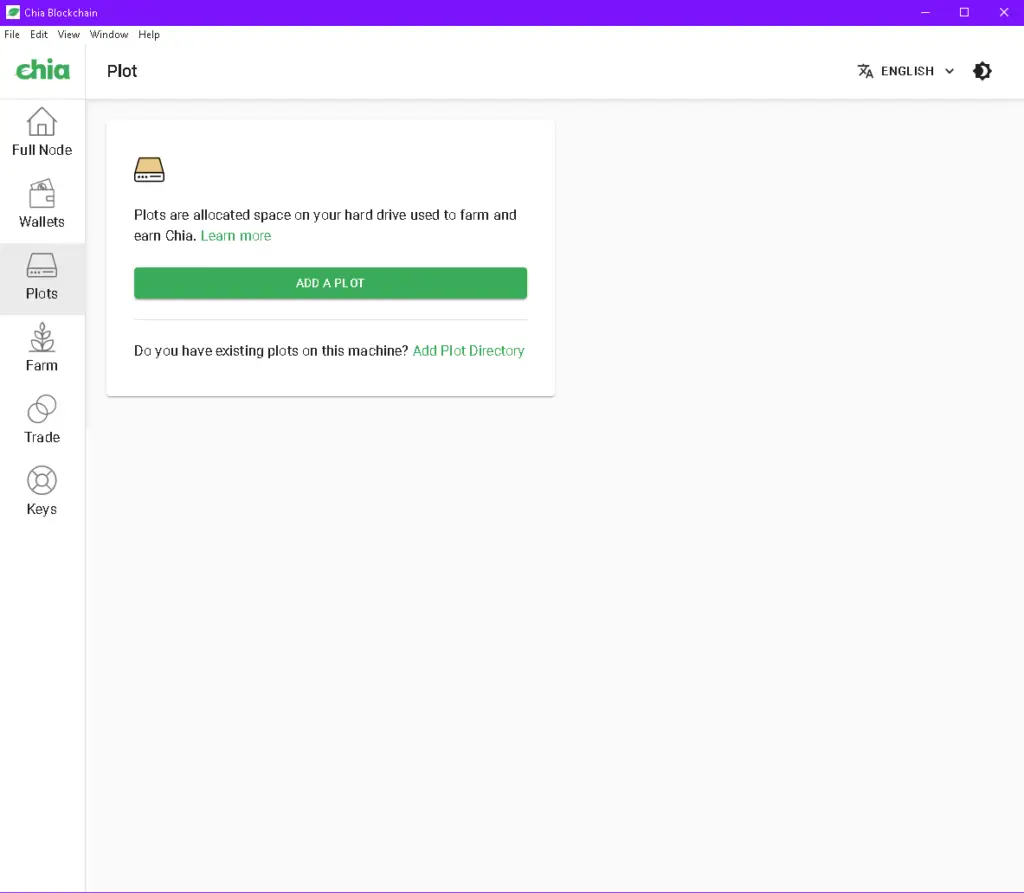
First, you’ll need to find out how much storage you have available. Search Storage Settings in the Windows search bar, scroll down, and select View Storage Usage on Other Drives. Non-Windows OS’s offer similar functionality; navigate to your operating system’s storage settings and see how much you have free.

In the example above, I have over 900GB available on both my E drive and my C drive. Since I don’t have any need for this storage at this moment, and won’t in the near future, I’ll set up a plot on both of these drives.
Essentially, find out how much storage you have available and decide how much of that unallocated storage you’re willing to use. Use this to inform your choice of plot size, which we’ll cover in a minute.
Now return to the Chia Blockchain program and select Add a Plot.

You’ll be presented with the menu shown above. You’re able to select the number of plots, plot size, and the temporary and final directory in which your plot (a literal .PLOT file) will be stored.
When you select plot count, you can either choose to plot in parallel or add a plot to queue. If you have sufficient storage you can plot in parallel, or simultaneously create two plots on the same storage drive.
If not, you can queue up to 29 plots at a time to ensure that your storage keeps farming even when you’re not actively managing it.
It’s recommended that you use a faster drive (ideally an NVMe SSD for maximum speeds) for temporary storage and a high-capacity hard drive as your final storage location.
Resources:
Additionally, you can edit advanced options including maximum RAM and CPU thread usage. If you have RAM or threads to spare, feel free to allocate more than the default amount for your plot. This will result in a slight boost in farming speed.
Note that the “threads” option denotes “threads per plot,” not “total threads.” As a rule of thumb, we’d recommend using two per plot, as this allows you to create the most plots in parallel at an efficient speed.
If you’re not sure how much RAM you have, just hold ctrl + shift + esc to open Task Manager, click on the Performance tab, and look at your memory. It will show you how many GB of RAM is currently being used, and you can pretty easily calculate how much is still available.
Lastly, it’s recommended that you leave the number of buckets at the default value of 128. And feel free to change the queue name if you want; it won’t affect anything.
Once you’ve optimized the settings for your particular system, click Create Plot. Your farm is now open for business!

What are MiB and GiB?
When you go to select your plot size, you may notice that Chia Blockchain’s five plot size presets measure storage in MiB and GiB rather than the more standard MB and GB. What’s the difference, anyway?

The short answer is that they’re essentially the same; MiB (Mebibytes) and GiB (Gibibytes) are based on powers of two rather than ten. Therefore a mebibyte is 1,048,576 bytes, while a megabyte is exactly a million, and a gibibyte is roughly 1.07 gigabytes.
Essentially, values given in GiB and MiB are slightly higher when measured in GB and MB. It may help to use a conversion calculator to figure out which preset is best for you.
Wait for your farms to produce
Once you’ve got your farm up and running, all that’s left to do is sit around and wait. You can set up more plots if your system has resources to spare, but aside from that it’s a waiting game.
Once your plots are completed, they should automatically begin farming. You’ll know this when you see a screen like the one below in the farming GUI.
You can view your plots and their progress from the Plots interface. Once your plot is complete, it will be moved to its final storage drive. If one of the numbers in your plot is closest to the “challenge value” that Chia’s blockchain broadcasts, you’ll receive 2 Chia. A new challenge value is released every 10 minutes.
The more storage capacity worth of plots you have, the higher the probability that you’ll plot the winning number.
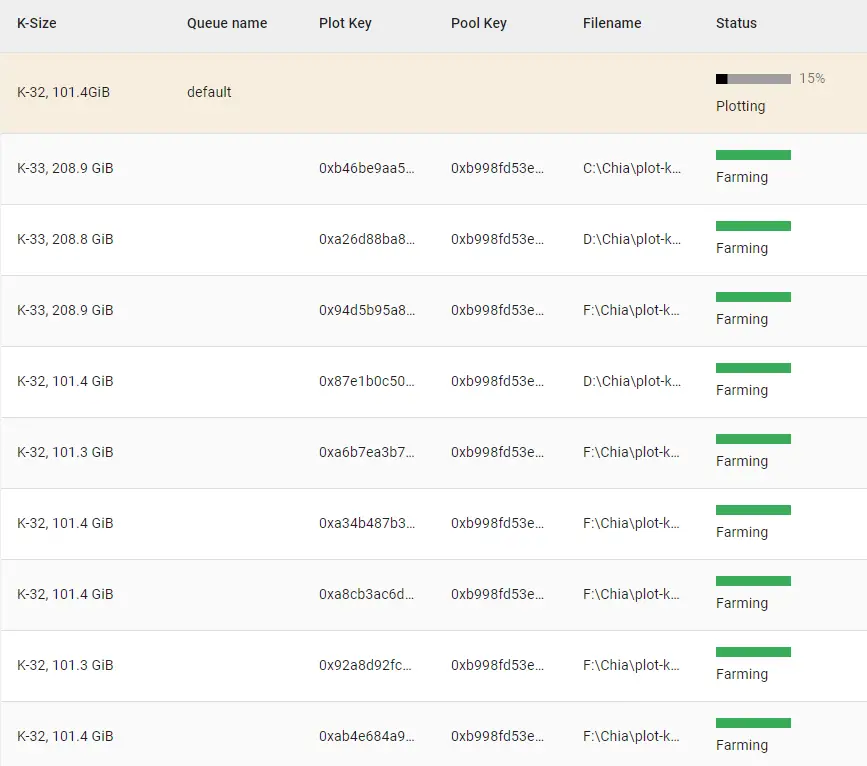
We hope this guide helped. We’ll be releasing more coverage of Chia as more functionality, such as transactions, rolls out. Good luck, and happy farming!

